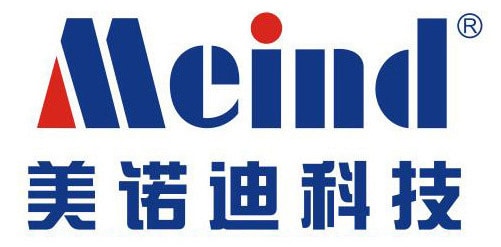There are several models of sine wave inverters, the most common of which are pure sine wave inverters and modified sine wave inverters.
The former transmit a current like the one utility lines transmit, while the latter delivered a “modified” version of that current, a current whose waveform indicates more harmonic distortion in the electricity. If you are trying to decide which one of these inverter models to purchase, take some time to review the important criteria below.
Cost of Equipment
Inverters that emit a pure (a.k.a. sinusoidal) current transmit less harmonic distortion, but the technology they contain makes them cost more than inverters that emit a modified sine wave.
The key is to determine which model of inverter you need based on the electrical equipment to which the device will supply current.
If the equipment you use operates efficiently while receiving a modified current, you can save money by purchasing a modified sine wave inverter.
Load Characteristics
Purchasing modified sine wave inverters to save money won’t accomplish much if the load is comprised of equipment that requires sinusoidal current to operate efficiently.
Common examples of equipment that require sinusoidal current include laser printers, certain types of laptops, certain types of fluorescent ballasts, power tools that feature solid state technology, many types of medical equipment, digital clocks, and certain types of battery chargers.
Range of Application
Because equipment that comprises the load can change over time, implementing an inverter that has a broad range of application is the best idea.
Because inverters that emit a pure sine wave are capable of powering equipment that can operate using a non-sinusoidal current as easily as it can power equipment that requires a sinusoidal current, it often makes the most sense to use a pure sine wave inverter.
Using a pure sine wave inverter can give you the most flexibility.
